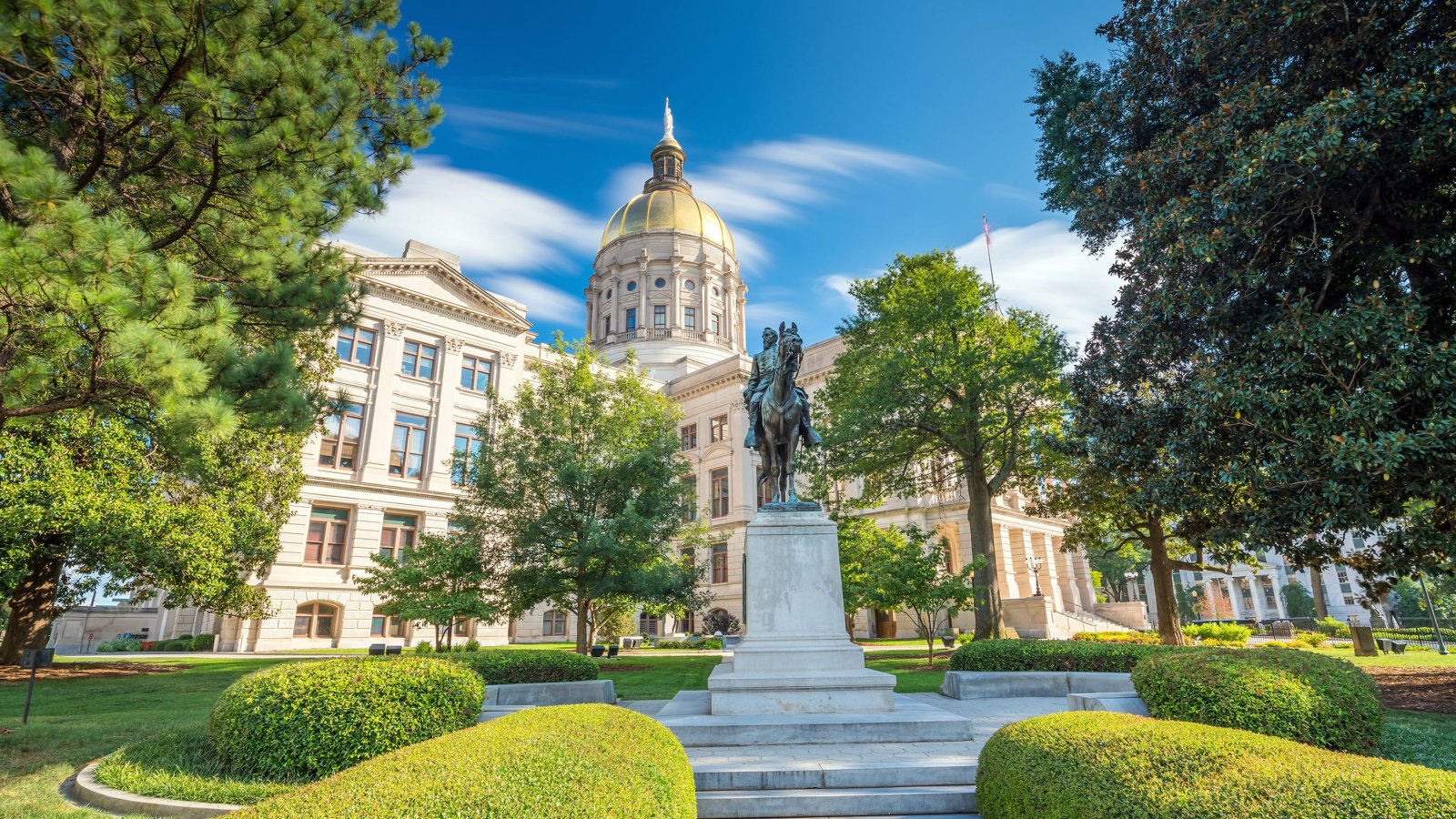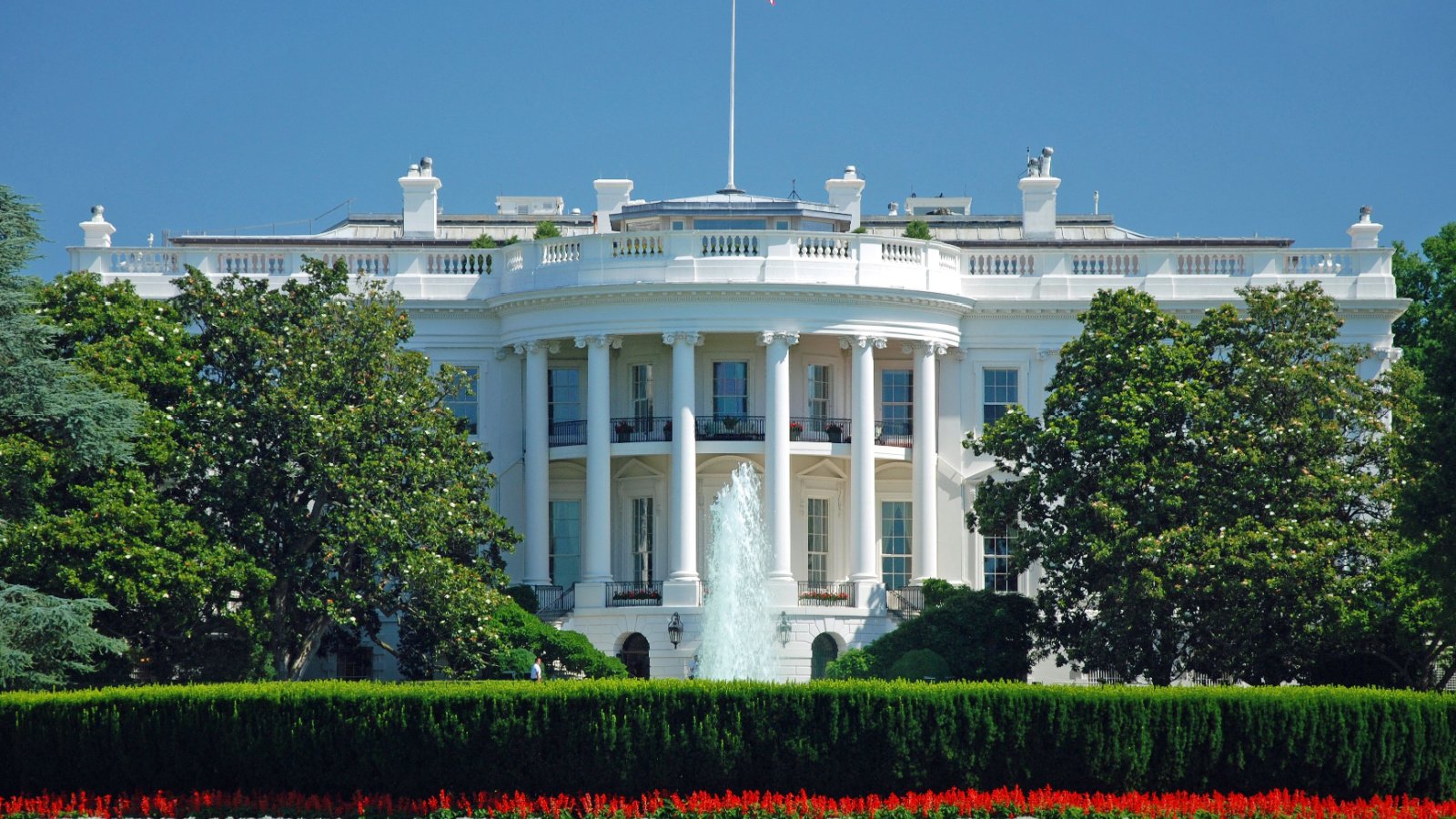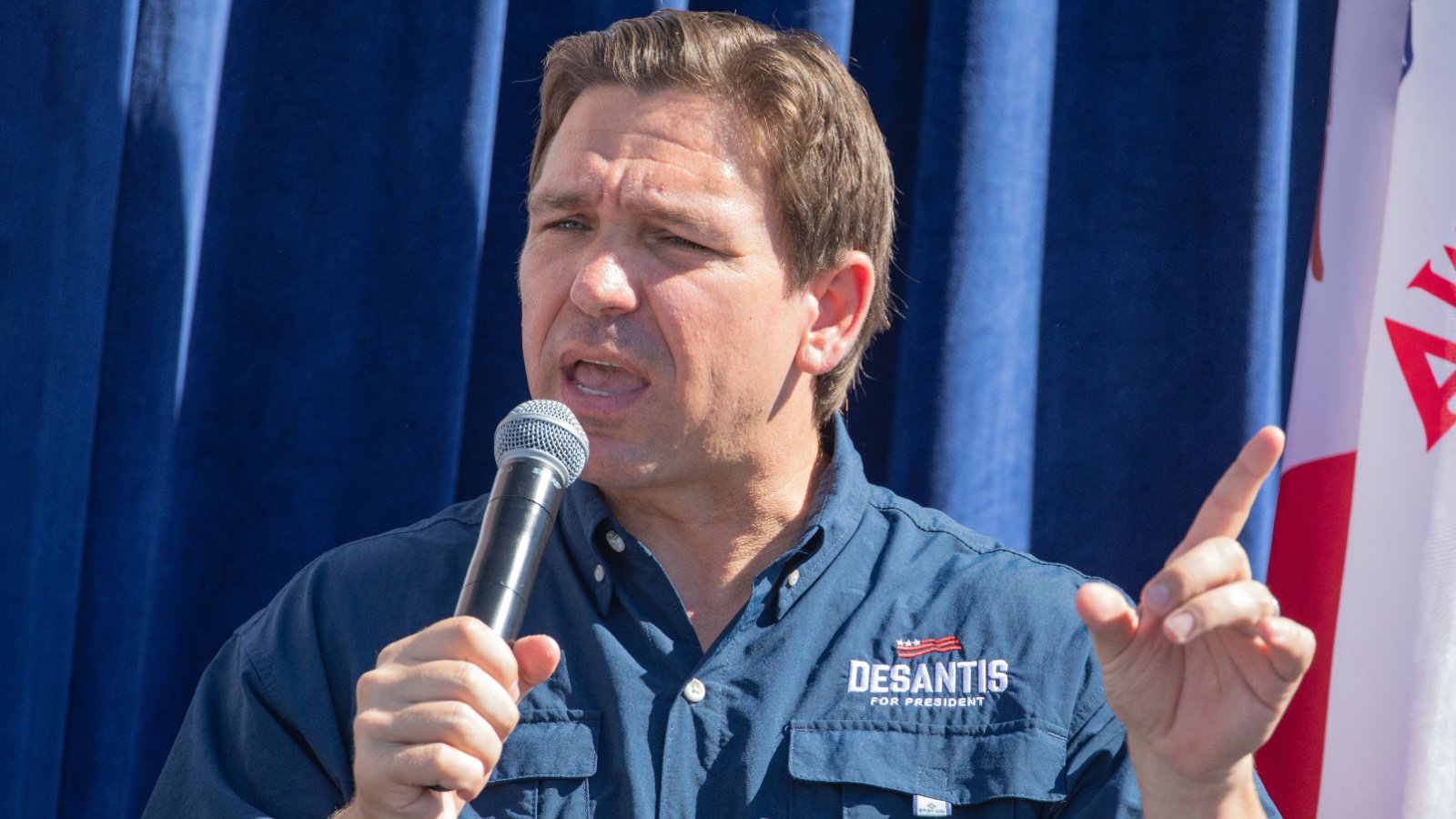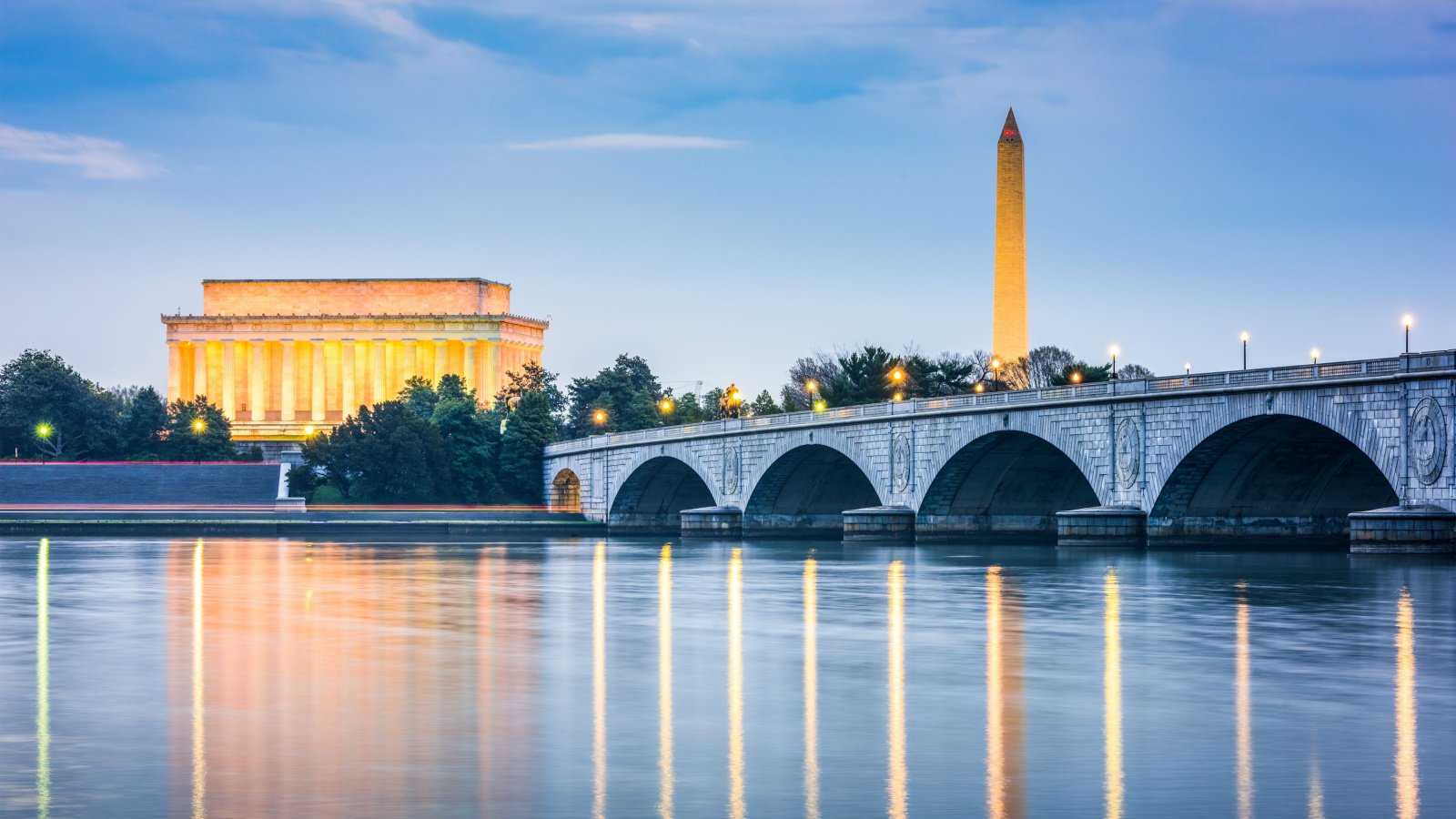Half the nation’s governors have filed lawsuits against the Biden administration’s latest environmental regulation imposing more stringent controls on particulate matter, commonly known as soot.
A Coalition of States Is Formed

The legal opposition includes a coalition of 25 states, alongside numerous industry groups, signaling a broad challenge to federal environmental policy. Opposition stems from the concern of increased costs to consumers and feasibility of industries to remain economically viable as they are forced to adapt to new regulations.
Industry Opposition

The regulation has sparked controversy, particularly among the business community. High-profile organizations such as the U.S. Chamber of Commerce and the National Association of Manufacturers have stepped forward, challenging the rule’s feasibility. They argue that the new standards could dramatically escalate costs for various sectors, including manufacturing and utilities, potentially stifling economic growth and infrastructure development.
The Core of the Dispute

The dispute centers on the Environmental Protection Agency’s (EPA) recent rule that aims to tighten the allowable limits for soot in the air. Specifically, Kentucky and West Virginia have spearheaded the challenge, accusing the rule of prioritizing environmental agenda over the economic well-being and health of Americans. These states, alongside others, express concerns over job losses and the outward shift of investments, which could adversely affect local economies and families.
Health vs. Economy Debate

At the heart of the lawsuits is a debate over balancing public health objectives with economic interests. Detractors of the EPA rule assert that the United States already surpasses many international standards for air quality. They believe that further restrictions will not significantly enhance public health but will instead burden local economies and impede new economic ventures.
Stricter Soot Standards

Soot pollution has been on a declining trend in the U.S., decreasing by 42% since 2000. The EPA’s new regulation seeks to lower the concentration limit for fine particle pollution to 9 micrograms per cubic meter, a reduction from the previous threshold of 12 micrograms. Environmental and health organizations have lauded this move as a critical step forward in protecting public health, claiming that the regulation will potentially save lives.
Economic Implications

Critics, including Republican leaders and business groups, argue that the tighter standards could have dire economic consequences. They suggest that the new regulation could place a considerable portion of U.S. counties in violation of federal air quality standards, leading to stringent new permit requirements that could halt economic development in its tracks. Consumer watchdog groups also decry the passing of costs to consumers of cleaning up manufacturing operations further than they already are.
EPA’s Defense

EPA Administrator Michael Regan has vigorously defended the new regulation, citing its projected $46 billion in net health benefits by 2032. These benefits include preventing up to 4,500 premature deaths and significantly reducing asthma attacks, particularly benefiting vulnerable populations such as children, the elderly, and those with pre-existing heart and lung conditions.
Technical Feasibility

In responding to critics’ fears that consumer costs will rise as manufacturing and other means of production is forced to evolve further to meet the regulations, the EPA and the White House have dismissed concerns regarding the rule’s impact on the industry’s ability to adapt. Highlighting past successes in meeting air quality standards without compromising economic growth, they remain optimistic about the industry’s capacity to innovate and comply with the new regulations.
Compliance and Penalties

The rule does not mandate specific pollution control measures for industries but instead lowers the annual standard for overall air quality. The EPA will monitor air quality and identify areas that fail to meet the new standards, requiring states to formulate compliance plans. While penalties are envisaged for non-compliance, the EPA anticipates that most U.S. counties will meet the revised standards by 2032.
Wildfire Considerations

The EPA has acknowledged the growing challenge of wildfires, a significant source of particulate pollution, particularly in western states. The agency plans to work closely with states, counties, and tribes to manage and mitigate the impact of wildfires on air quality, including provisions for exemptions in extraordinary circumstances.
Broad Coalition of Challengers

The legal challenge to the EPA rule is not limited to a few states but includes a wide array of 25 participant states- from Alabama to Wyoming. This coalition underscores the widespread concern and opposition to the rule across a significant portion of the country.
States Opposed to the new EPA Rule

States opposed to the new EPA soot rule include Kentucky, West Virginia, Texas, Alabama, Alaska, Arkansas, Florida, Georgia, Idaho, Indiana, Iowa, Kansas, Louisiana, Mississippi, Missouri, Montana, Nebraska, North Dakota, Ohio, Oklahoma, South Carolina, South Dakota, Tennessee, Utah and Wyoming. Many industry and consumer groups have expressed their concern as well.
Judicial Arena

The lawsuits have been filed in the U.S. Court of Appeals for the District of Columbia, setting the stage for a judicial review of the EPA’s rule. The outcome of this legal challenge could have far-reaching implications for environmental regulation, public health, and economic development in the United States.







